Frost bites, ponds seal over, and the ground goes iron-hard. For hedgehogs, that’s when thirst starts to quietly win. A humble bowl of water, set outside at dusk, can tip the balance back to life.
A small, round shape shuffles out of the lilac’s shadow, nose skimming the air like a tiny periscope, spines silvered with cold. It pads to a shallow dish by the back step and drinks for a long time, snout rippling the water as if it were a pond in June. The bowl didn’t look like much. In the morning, there’s a faint ring of muddy prints, as delicate as thumbprints on glass, and nothing else to say a life was here. The house is warm, the kettle hums, and the whole thing feels almost imaginary.
It was only water.
Why a simple water bowl matters more than you think
Hedgehogs don’t sleep like a fairy-tale. Through winter, they drift in and out of torpor, waking to check their world, to sip, to shuffle, to survive. Frozen birdbaths and taped-over water butts leave them with nowhere safe to drink, and street run-off is a cocktail of grit and antifreeze. Garden soil that was cracked from late autumn’s dry spell offers no moisture at all. **A drink at midnight can keep a hedgehog alive until spring.**
Ask Lucy on a cul-de-sac in Kent. She put a shallow dish by the shed after a rescue volunteer messaged her on a local Facebook group. That night, her wildlife cam recorded two hedgehogs arriving from opposite fences, ten minutes apart, each drinking for over a minute. In a year when rural hedgehog numbers have collapsed in places since 2000, towns and gardens are the lifeline. One dish won’t fix a national decline, yet it can be the thing that gets a half-kilo hog through a deadly cold snap.
The science is straightforward. Small mammals lose water fast to breathing and through their skin, even when they’re not moving much. When hedgehogs wake from torpor, their metabolism spikes and they burn energy to warm up, which creates an immediate need for fluid. Snow doesn’t work; it chills the animal and costs more heat to melt in the body. Milk isn’t “kind”; it causes diarrhoea and dehydration. Clean water in a low, stable bowl is the simplest hedge against the hidden killer of winter: thirst.
How to set up a hedgehog-safe watering station tonight
Pick a sturdy, shallow vessel. A terracotta plant saucer about 2–3 cm deep is perfect, with a couple of smooth pebbles in the middle to give grip. Place it near cover rather than in the open, close to a hedge line or the base of a shrub, so a hedgehog can drink and dart back if spooked. Top up at dusk with fresh tap water. If the night is freezing, refill with lukewarm water to buy an hour or two before ice forms, then check again before bed.
Keep it clean, not clinical. A quick rinse with hot water every day or two is enough. Avoid metal bowls that flash-freeze or tip easily. Don’t position the water beside a busy backdoor light where cats lounge; tuck it a little further along the border, away from pet food. Skip the additives and vitamins. Your goal is simple, safe hydration. We’ve all felt that moment when the garden jobs feel endless and your hands are cold and you want to be done. Let’s be honest: nobody really does that every day.
There are pitfalls worth dodging. Milk is a myth that lingers like fog under streetlamps; it harms. Salted water is out. If you’re also feeding, place the water a few steps away to spread traffic and reduce scraps falling into the bowl. On icy mornings, crack and remove any ice rather than smashing the saucer. **Milk harms hedgehogs — clean water helps them.**
“We see dehydrated hedgehogs even in deep winter,” says Grace Fielding, a volunteer carer in Yorkshire. “People don’t realise a two-minute sip can be the difference between a stumble and a steady walk back to the nest.”
- Use a low, heavy saucer with 2–3 cm of water and a pebble “island”.
- Place near cover, away from bright lights and pet feeding spots.
- Refresh at dusk; on frosty nights, check again before bed and at first light.
- Never offer milk; wet dog or cat food is fine if you also want to feed.
- If a hedgehog is out in daylight or under 450–500 g by late autumn, call a rescue (BHPS: 01584 890801, RSPCA: 0300 1234 999).
A tiny habit that travels through the neighbourhood
Put out water and you start to notice other gaps. A fenced garden becomes a maze with no exits, so you cut a CD-sized hole at the base and mention it to the neighbour, who cuts one too. A pond gets a little ramp for clumsy paws. You stack a quiet corner of leaves instead of tidying them into a bin, and suddenly it’s a night shelter with a roof. One saucer becomes a soft conversation across fences, the kind of micro change that spreads through a street like a rumour of good news. Hedgehogs don’t read the headlines about their decline. They read the ground. They find the water, remember, and return. And the small bowl on your back step becomes part of a winter map stitched together by strangers who’ve never met but share the same cold sky.
| Point clé | Détail | Intérêt pour le lecteur |
|---|---|---|
| Shallow, stable water saves lives | Use a heavy saucer with 2–3 cm depth and a pebble for grip | Quick, low-cost action with real impact on hedgehog survival |
| Winter thirst is a hidden risk | Hedgehogs wake from torpor needing fluid while natural sources freeze | Explains why a bowl matters even when it’s cold and wet outside |
| Avoid common mistakes | No milk, no metal bowls, keep away from bright lights and pet food | Prevents harm and makes your effort genuinely helpful |
FAQ :
- What kind of bowl is best for hedgehogs?A low, heavy plant saucer or stoneware dish. It won’t tip, it won’t freeze as fast as metal, and the shallow rim is easy to reach.
- How often should I change the water in freezing weather?Top up at dusk and check before bed. If it ices over, replace with lukewarm water to delay refreezing, then check again at first light.
- Can I give milk or sweetened water?No. Hedgehogs are lactose intolerant and milk causes diarrhoea and dehydration. Plain, fresh water is all they need.
- I found a hedgehog out in the daytime — what do I do?Pop it in a high-sided box with a towel and water, offer meaty wet cat or dog food, and ring a rescue: British Hedgehog Preservation Society (01584 890801) or RSPCA (0300 1234 999).
- How else can I help beyond water?Create a hedgehog highway hole in your fence, leave a small log or leaf pile, avoid slug pellets, add a pond ramp, and keep netting off the ground.
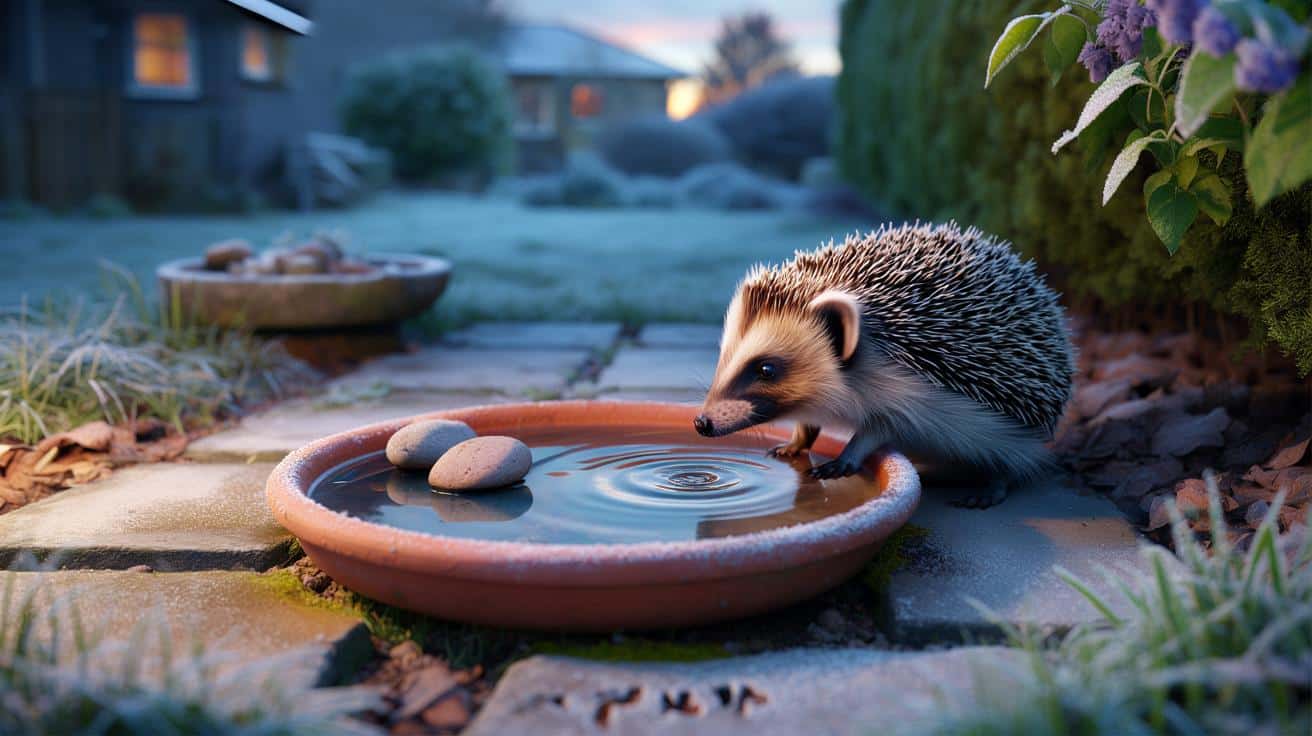

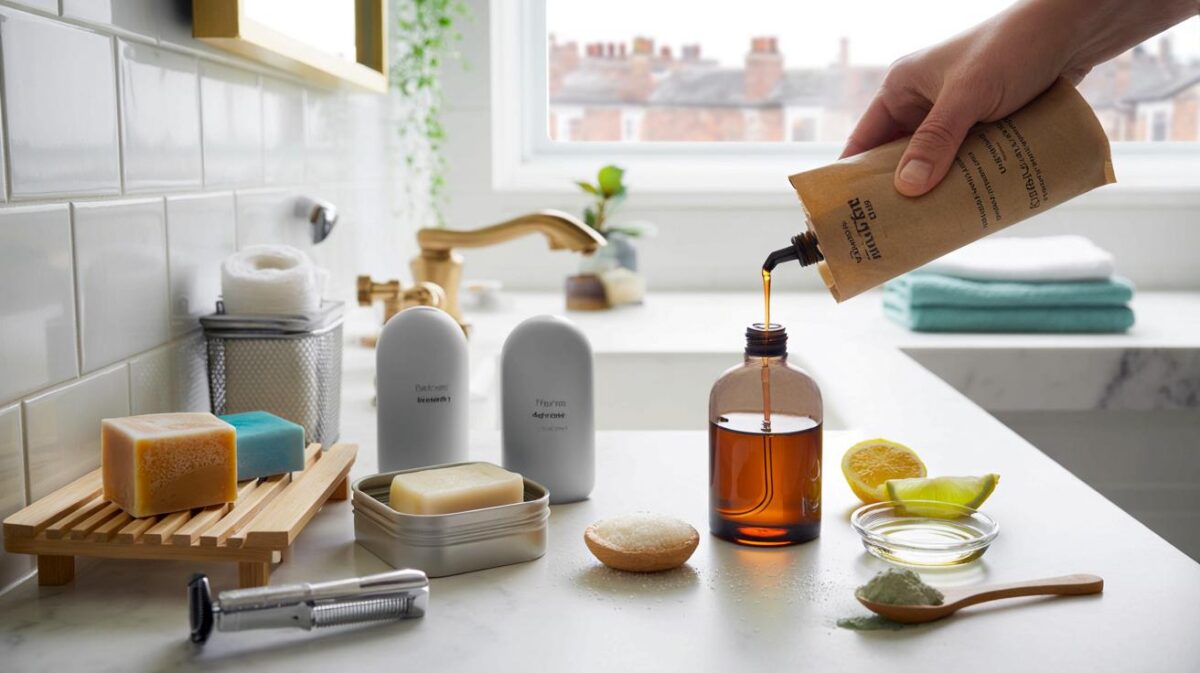

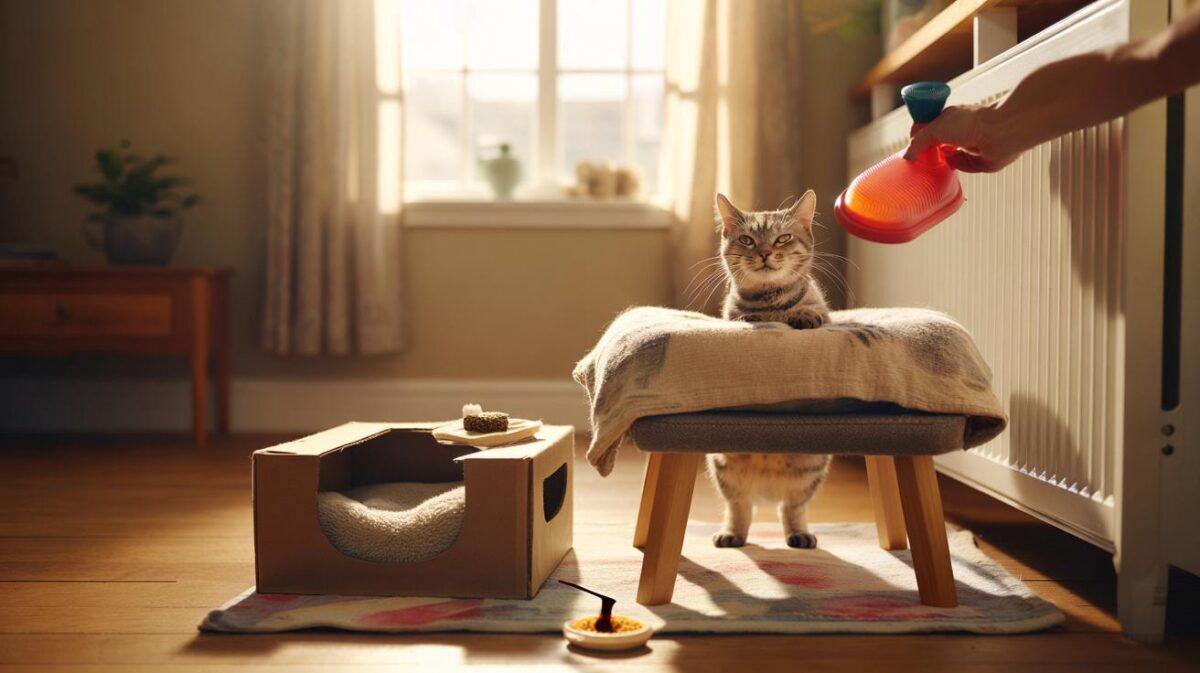
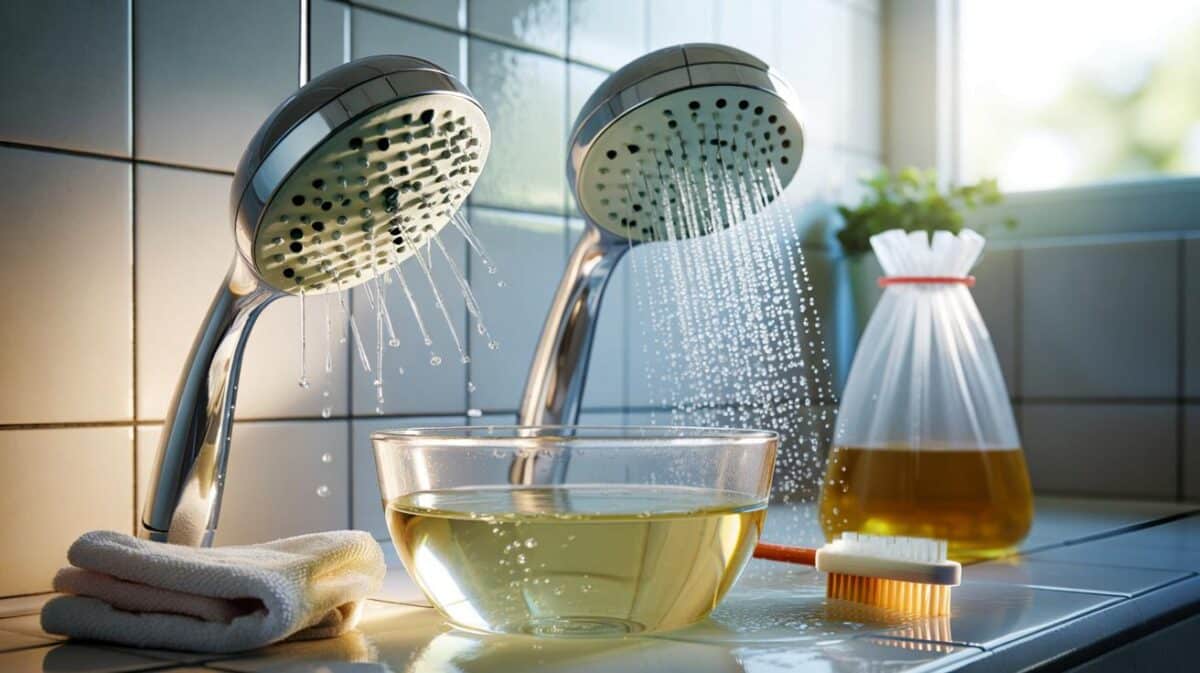


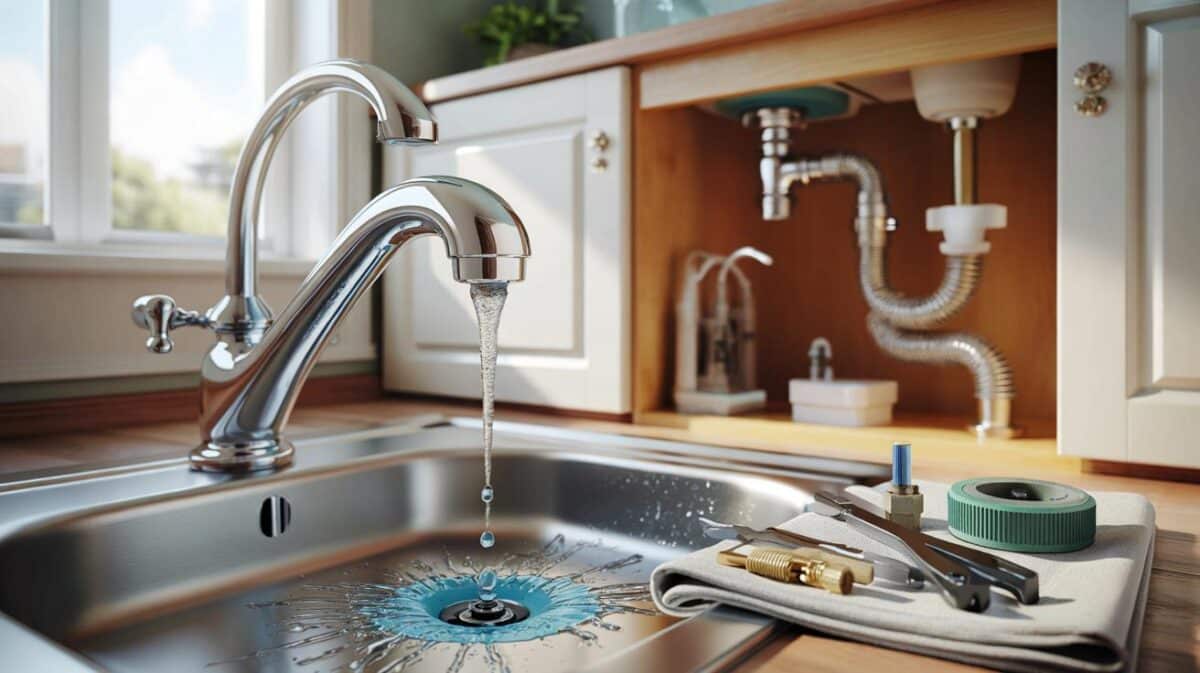
I didn’t realise hedgehogs wake from torpor just to sip. Putting a shallow saucer by the hedge tonight—no milk, promise. Simple, cheap, and kind. Thanks for the clear steps!